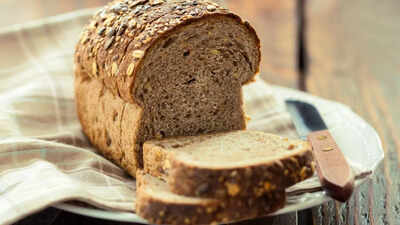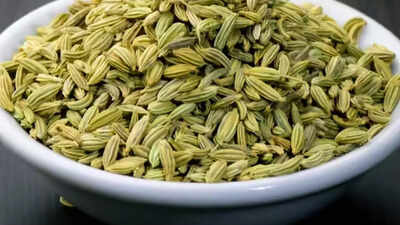Many people assume that multigrain or zero maida bread is automatically a healthier choice, particularly for those managing blood sugar levels or living with diabetes. However, this isn’t always the case. The term “multigrain” simply means the bread contains more than one type of grain, but these grains may still be refined rather than whole.Likewise, “zero maida” means the bread doesn’t contain refined white flour (maida), but it may still include other refined grains or starches that can cause a rapid spike in blood sugar. So, the label alone doesn’t guarantee that the bread is a healthy option. Therefore, it’s essential to look beyond marketing claims and examine the actual ingredients and nutritional content.
Glycaemic index myths: How multigrain bread affects blood sugar levels
Multigrain bread is usually made from a mix of grains such as wheat, oats, barley, millet, or rye. The intention is to provide more fibre and nutrients than single-grain or white bread. However, unless these grains are used in their whole grain form, the nutritional benefits are often limited.The glycaemic index (GI) measures how quickly a food raises blood sugar levels. Many people believe multigrain bread is low-GI by default, but this is often not true. Most commercially available multigrain breads are made with refined flours, added sugars, and other high-GI ingredients, causing blood sugar spikes similar to those triggered by white bread.
The impact of multigrain bread on blood sugar
For individuals with diabetes, prediabetes, or insulin resistance, multigrain bread can still raise blood glucose significantly. This happens due to:
- Fast-digesting carbohydrates: Refined flours break down quickly in the digestive system, causing a rapid rise in blood sugar.
- Insulin resistance: Regular consumption of high-GI foods can worsen insulin sensitivity and increase the risk of developing type 2 diabetes.
So, while multigrain bread may sound healthy, its real impact depends heavily on the type of grains used and the actual fibre content.
Why blood sugar rises after eating bread
Not all bread affects blood sugar the same way. The key difference lies in the type of grain used and how processed it is. Whole grain breads retain all parts of the grain, bran, germ, and endosperm, making them higher in fibre and slower to digest.In contrast, refined grain breads, even those labelled “multigrain” or “zero maida”, often digest rapidly, causing a sudden spike in blood glucose. Many such breads contain only a small proportion of whole grains and are mostly made with refined flour, making them misleading choices.
Hidden sugars and ingredients to watch out for
Even breads marketed as “healthy” may contain added sugars or sweeteners. Be cautious of ingredients such as:
- Maltodextrin
- Corn syrup
- Honey
- Glucose syrup
- Invert sugar
These can all raise blood sugar quickly, even if the product is labelled “sugar-free” or “zero maida”. Always read the full ingredients list and examine the nutrition label carefully to avoid hidden sugars.
How to choose better bread for blood sugar control
If you’re trying to keep your blood sugar stable, be selective about the type of bread you consume. Here are a few tips:Choose breads with whole wheat flour or whole grains as the first ingredient.Look for at least 3 grams of fibre per slice – fibre helps slow down sugar absorption.Opt for sourdough or sprouted grain breads, which are often easier to digest and have a lower glycaemic impact.Watch your portion size – even healthier breads can raise blood sugar if eaten in excess.
Choosing the right multigrain bread
If you enjoy multigrain bread, you can still make smarter choices by:
- Choosing breads where whole grains like oats, barley, millet, or whole wheat are the primary ingredients.
- Avoiding breads with added sugars, preservatives, or heavily processed grains.
- Picking low-GI varieties that keep you feeling fuller for longer and help maintain better blood sugar balance.
- Reading nutrition labels and understanding ingredient quality is essential for making an informed decision.
Healthier alternatives to multigrain bread
If you’re concerned about the effect of multigrain bread on your blood sugar, consider trying these alternatives:100% Whole Grain Bread – Rich in fibre and nutrients, and digested more slowly.Sprouted Grain Bread – Easier to digest and promotes better nutrient absorption.Low-Carb or Keto Bread – Often made from almond or coconut flour, offering fewer carbohydrates and less impact on blood sugar levels.Also read | Urine colour and kidney problems: Signs you shouldn’t ignore






